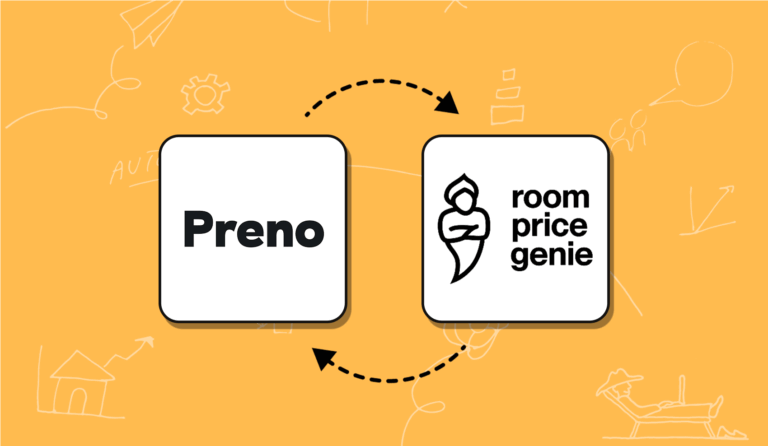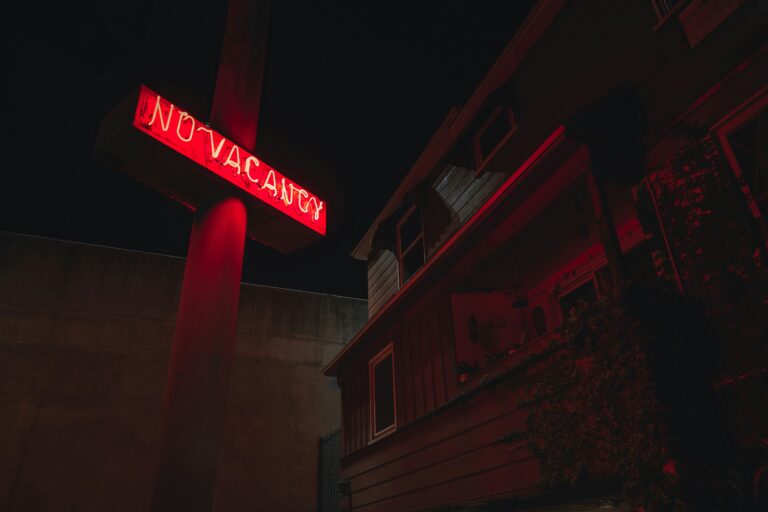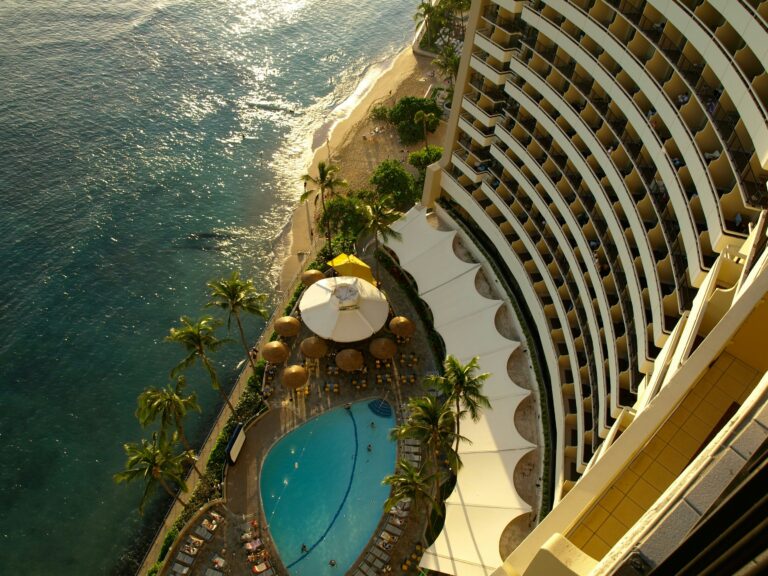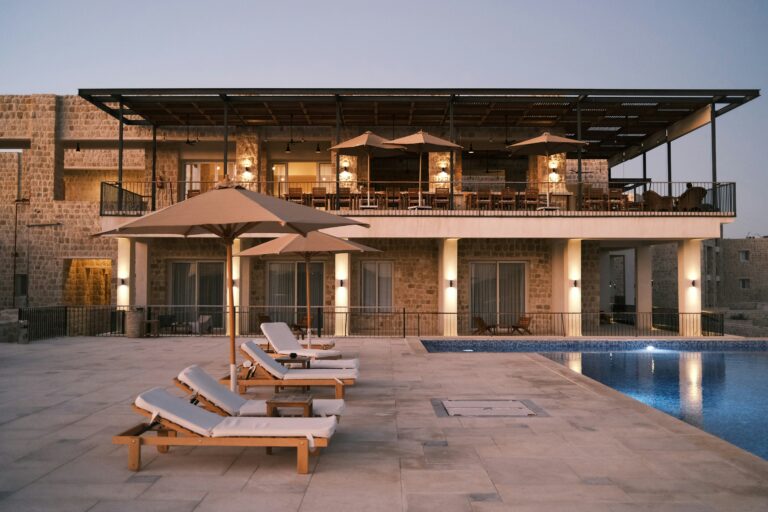If you’re looking to maximise your hotel’s profitability, one of the most essential areas for improvement is rate management. Without it, you may miss out on substantial profits. To truly understand how to enhance your rate management strategy and keep up with market changes, you must first understand why it is so important.
Definition of Rate Management
Hotel rate management is a critical part of the revenue management process, which involves setting prices for hotel rooms to maximise revenue and profitability. It’s about understanding the market, assessing customer demand, and setting prices that reflect both perceived value and the current market conditions.
In short, rate management is the process of setting prices for hotel rooms to maximise revenue and profitability. Pricing is only one part of the story; it’s also about keeping track of room availability and inventory.
Why is Rate Management Important?
Rate management is crucial to improve customer satisfaction and subsequently increasing your profits. When your guests are happy, they are more likely to come back again. Not only can hotel rate management help you gain positive word-of-mouth promotion, but it also allows hotels to maximise their income.
Dynamic pricing based on occupancy and demand can help you boost your revenue to its maximum potential. This technique involves changing rates based on how much a particular service is demanded at that exact moment in time. Therefore, with proper implementation of this method, hotels can ensure they always make the most money possible from every transaction made.
Benefits of Rate Management for Hotels
Rate management is important for hotels because of the following:
Rate management helps increase revenue
An important reason for managing rates is to maximise revenue and profitability. This is achieved by setting rates that are in line with the hotel’s costs, including labor, occupancy and other expenses. A hotel can increase its revenues and profitability by setting rates that are in line with the market demand while also accounting for its costs. For example, if a hotel’s costs are high, it may need to charge higher rates to achieve profitability.
By taking into account the customer demand, market conditions and perceived value of the services provided, rate management allows hoteliers to adjust room prices accordingly and capture more revenue during peak and low periods. Additionally, with rate management in place, hotels can set prices for different seasons or events that may drive up occupancy rates and increase profits.
Rate management will help you understand market demand
Rate management enables hotels to track their performance and the demand for their rooms over time. Through rate management, hoteliers can monitor how well they are doing compared to the competition and adjust prices accordingly to capture more customers and revenue. This also helps them gauge customer preferences and identify what type of promotions or discounts may attract more guests.
For example, hotels can use rate management to measure customer demand for different room types, such as suites or standard rooms. This helps hoteliers better understand which type of customers they should target and what kind of promotions they should offer in order to maximise their profit margins.
Rate management will help you to understand the customer
It’s not only important to understand what your customers want, but also how much they are willing to pay for it. With rate management in place, hotels can easily identify which room types and services their guests value most and adjust prices accordingly. This helps them capture more revenue and maximise profits, while also ensuring that their guests are happy with the services they’re receiving.
ENJOYING WHAT YOU’RE READING? JOIN OUR NEWSLETTER EMAIL LIST
Join our newsletter list & receive helpful hotelier tips & tricks, industry trends & more!
Rate management improves occupancy
By adjusting room rates according to market conditions or seasonality patterns (for example, offering discounts during off-peak periods), hotels can capture more bookings during peak periods while limiting losses during low-demand periods. This will help them maintain profitability throughout the year. The result of this is higher occupancy levels across all seasons and higher overall profits over time, and increased revenue per available room (RevPAR).
Rate management helps improve customer service
Rate management also helps hotels better understand the needs of their customers and provide a higher level of service. By tracking customer data, hoteliers can identify trends that may help them tailor services to better meet their guests’ needs. This could include offering special discounts or packages, or adding extra amenities that cater to specific customer preferences.
Rate management helps you to adapt to changing trends and competitor pricing
In the hotel industry, trends and competitor pricing can change rapidly. To be successful, hotels must be able to adapt their rate strategies to reflect these changes. For example, if a hotel notices that its competitors are lowering their rates, it may need to adjust its rates accordingly to remain competitive. Additionally, hotels need to keep track of the new trend and changes in customers’ expectations and preferences. They need to be able to adjust their rates and services in line with this.
How Can You Improve Your Rate Management Strategy?
Analysing historical data and forecasting demand
Historical data is an invaluable tool in the hotel business, especially when it comes to rate management. It allows you to analyse your past performance, which will help you make better decisions about how to allocate resources across different departments and processes. The more information you have on historical demand, pricing and inventory levels, the easier it will be for your team to forecast future needs.
By looking at these key indicators of demand over time, such as occupancy rates, average daily rate (ADR), and revenue per available room (RevPAR), you can develop an accurate picture of the current market situation and identify any potential trends or opportunities that may arise in the future. This will help you make more informed decisions when it comes to setting rates and adjusting your inventory levels.
For example, if there is a notable trend in demand for certain room types at a particular time of year, you could consider increasing your prices accordingly.
It is also important to find the right balance between profitability and customer satisfaction. Hotels can use historical data to find their highest possible rate while still providing excellent service and a great overall experience for guests. This will ensure that you are able to maximise your profits without alienating customers.
Utilising automated revenue management solutions
If you have an automated revenue management solution, you can use it to improve your rate management. With this type of system in place, the hotel will be able to control the pricing of rooms and suites more freely. You will also be able to ensure that they are always available at the best possible price.
For example, with Preno you can change the prices of your hotel rooms across all OTAs from one single dashboard. You can also set different prices according to the room type and occupancy, but also accordingly to how much commission you are paying each OTA. This will allow you to maximise your profits while still offering competitive rates that meet customer expectations.
By leveraging automated solutions, hotels can ensure that they are always in control of their pricing strategies and that their customers are getting the best value for their money.
Leveraging online distribution channels and dynamic packaging strategies
Hotels can leverage online distribution channels and dynamic packaging strategies to increase the number of guests who book their properties. By offering a wide selection of room types, prices and amenities, hoteliers are better able to attract new customers while retaining existing ones. This will also help to ensure that their rates remain competitive and in line with customer expectations.
Additionally, hotels should focus on creating packages which bundle together various services such as meals, entertainment and other amenities. This will give customers the opportunity to purchase exactly what they need while providing a more cost-effective solution compared to buying items separately.
Monitoring customer feedback
Monitoring customer feedback is also important when it comes to rate management. Keeping an eye on user reviews and comments can help you understand what customers think of your hotel, which will help you make any necessary adjustments to ensure that you are providing the best value for money.
For example, if customers are complaining that the prices are too high, you can consider offering discounts or promotions to make them more attractive. On the other hand, if customers have positive feedback about your hotel and its amenities, this could be an opportunity to increase your rates as customers may be willing to pay a premium for these services.
By making these adjustments to your rate management strategy, you can increase customer satisfaction and improve profits for your hotel. You may also experience increased occupancy rates during peak times and lower vacancy rates during off-peak periods. Ultimately, a well-thought-out rate management strategy will help you maximise profits and ensure that your hotel stands out in the market.
This is why rate management is important for hotels and how it can help them improve their performance over time. By utilising the latest technologies, regularly analysing the market and offering discounts, hotels can capture more customers and increase revenues. With the right rate management strategy, you can ensure that your hotel is successful and profitable.
Transform Your Guest Experience With Preno
With Preno, seamless management is just a click away. Embrace the future of hospitality with our free trial, no strings attached.





